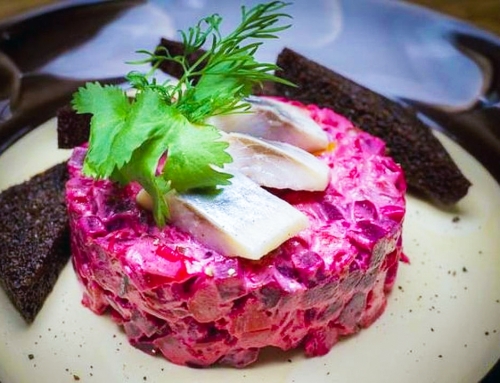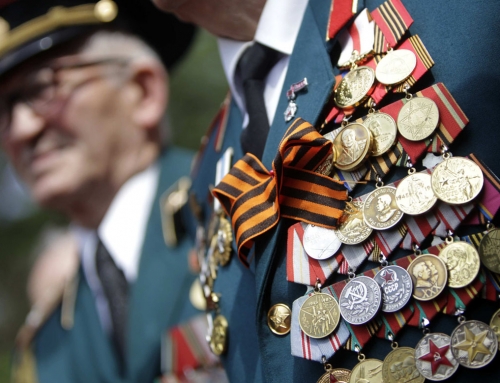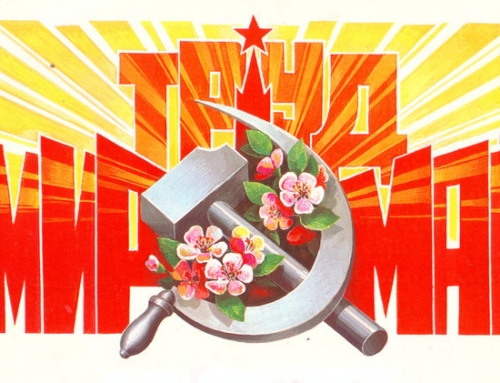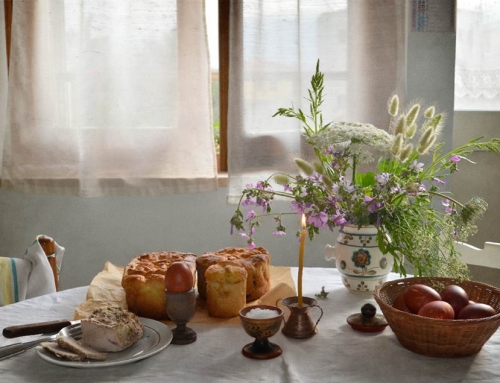It’s hard to believe that the Holidays are once again upon us! Seems like just yesterday we were basking in the sun at the beach, planning our vacations, and relishing the long warm days of summer. Today, as we inaugurate another cycle of daylight savings time, it’s time to prepare for the glorious Holiday Season.
Most stores and shopping malls across the U.S. are already adorned with cheerful red and green ornaments and festively decorated pine trees. Sweet aromas of spiced potpourri and hot chocolate thickly fill the air, while familiar Christmas tunes echo the spirit of the Holidays. But what about other countries around he world? How do people in Europe, Africa, Asia and Latin America prepare for the winter holidays? And what’s significant about their traditions?
Over the next two months, we’ll take you on a journey of winter holiday history, traditions, gift-giving customs, and even bizarre superstitions and rituals associated with celebrating Christmas, Hannukah, Kwanza and New Year across the globe.
holidays around the world1_Page_01
Want to know why Russians celebrate Christmas in January? Ever wondered about the significance of Holiday Greeting Cards? What exactly is the “Old New Year”? And what’s the difference between Santa Clause, Father Frost, and Yul Tomten?
We’ll answer these and other questions as we unravel the marvels, mysteries and magic of the Holiday Season.
To get you started, here’s a brief history of how Russia came to celebrate New Year on January 1.
Russia’s Calendar Reforms
For centuries, our Russian ancestors – or more appropriately, the Slavs – used Mother Nature’s seasons to guide their activities and celebrations. March 1 was the first day of Spring and marked the beginning of a new year. A time when nature once again came alive after a long winter hibernation and people began to tend their soil to prepare it for planting new seedlings. This was the case from the 10th until the end of the 14th century when the ancient Kievan Rus’ (a loose federation of East Slavic tribes in Europe) adopted Christianity.
The new religion ushered in new traditions and novel ways of keeping track of time. A formal Julian calendar was introduced which was based on a yearly cycle of twelve months in a year and a seven day week. Despite the fancy new calendar, the New Year was still celebrated on March 1st – that is, until 1492. While Columbus sailed the ocean blue toward the New World, Russia’s Czar Ivan the Great proclaimed September 1st as a non-religious start of the New Year. With that, for the next two hundred years people living in the newly formed Russian territories celebrated the New Year twice: first in March according to the religious tradition, and then again in September following the secular calendar.
Peter the great decreeIn an attempt to modernize Russia, Peter the Great instituted yet another reform to the calendar in the late 17th century. The grandiose leader introduced a decree by which the chronology of time in Russia was now to be maintained starting with the birth of Christ, rather than the creation of the world. And so, with just a stroke of the pen in the year 7207, Russian people for the first time welcomed the New Year on January 1 in the year 1700 CE.
In our next post, we’ll reveal why Russians celebrate Christmas in January, how the Soviets played a part in bringing back the Christmas tree, and the evolution of Holiday gift-giving. Stay tuned!






